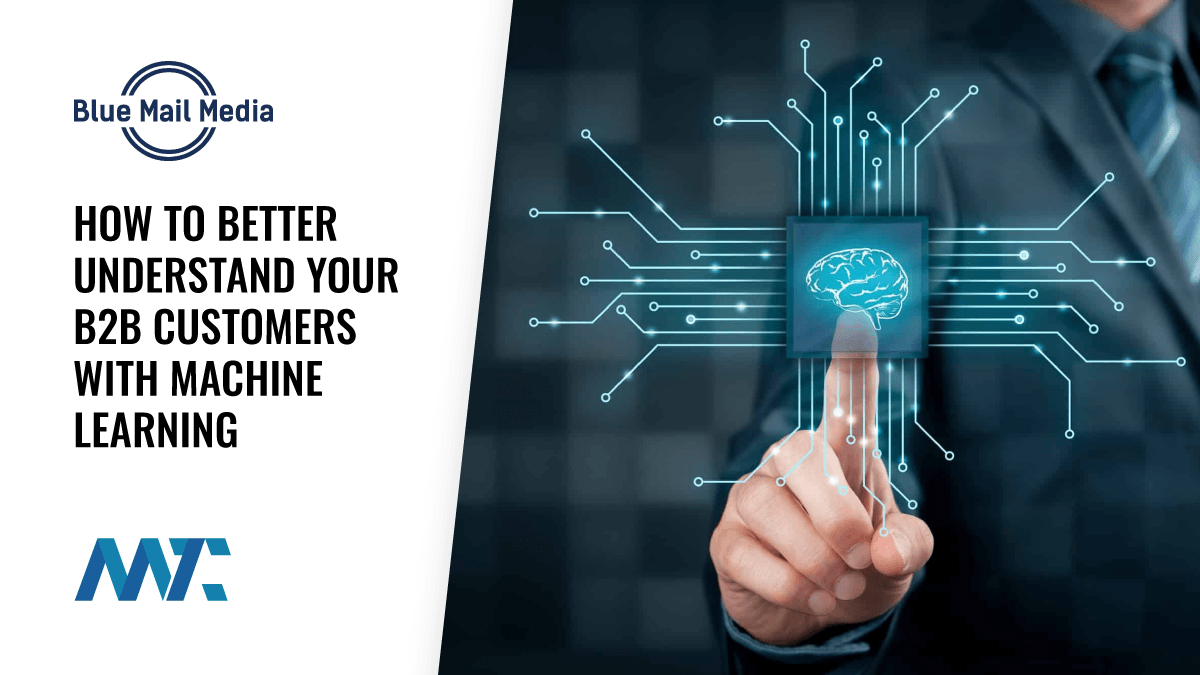
How To Better Understand Your B2B Customers With Machine Learning | Martech Zone
B2C firms are considered the front-runners in customer analytics initiatives. Various channels like e-commerce, social media, and mobile commerce have enabled such businesses to sculpt marketing and offer excellent customer service. Extensive data and advanced analytics via machine learning procedures have enabled strategists better to recognize consumer behavior and their activities through online systems.
Machine learning also offers an emerging capability to obtain insights into business customers. However, adoption by B2B firms has yet to take off. Despite the growing popularity of machine learning, there’s still a lot of confusion concerning how it fits within the current understanding of B2B customer service. So, let’s clear that up today.
Machine Learning to Understand Patterns in Customer’s Actions
Machine learning (ML) is a class of algorithms designed to mimic our intelligence without explicit commands. This approach is the closest to how we recognize patterns and correlations surrounding us and arrive at a higher understanding.
Traditional B2B insight activities revolved around limited data such as company size, revenue, capitalization or employees, and industry type classified by SIC codes. But, a rightly programmed machine learning tool helps you intelligently segment customers based on real-time information.
It identifies pertinent insights about customer’s needs, attitudes, preferences, and behaviors regarding your products or services and utilizes these insights to optimize the current marketing and sales actions.
Machine Learning for Customer Data Segmentation
By applying machine learning to all the customer data we collect through their actions with our websites, marketers can quickly manage and understand the buyer’s life cycle and the market in real time, develop loyalty programs, form personalized and relevant communications, attract new clients, and retain valuable customers for a longer period.
Machine learning enables advanced segmentation, which is vital for one-to-one personalization. For instance, if your B2B firm wants to refine the customer experience and intensify the relevance of each communication, a precise segmentation of customer data could hold the key.
However, for this to happen, you need to maintain a single, clean database that machine learning can operate on it without any hassle. So, once you have such clean records, you can use machine learning to segment the customers based on the attributes given below:
- Life cycle
- Behaviors
- Value
- Needs and product-based attributes
- Demographics
- Many more
Machine Learning to Recommend Strategies Based on Trends
Once you segment the customer database, you should be able to decide what to do based on this data. Here’s an example:
If the millennials in the U.S visits the online grocery store, flips over the package to check the amount of sugar in the nutritional label, and walks off without purchasing, machine learning could recognize such trend and identify all customers who performed these actions. Marketers can learn from such real-time data and act accordingly.
Machine Learning to Deliver the Right Content to Customers
Marketing to B2B customers earlier involved generating content that captures their information for future promotional activities. For instance, a lead could be asked to fill out a form to download an exclusive E-book or request a product demo.
Although such content could capture leads, most website visitors are reluctant to share their email IDs or phone numbers just to view the content. In fact:
81% of people have abandoned an online form while filling it out.
So, it isn’t a guaranteed way to generate leads.
Machine learning allows B2B marketers to acquire quality leads from the website without requiring them to complete registration forms. For example, a B2B company can use machine learning to analyze the visitor’s website behavior and present exciting content in a more personalized way at the right time automatically.
B2B customers consume content based on their buying needs and their current stage in the buying journey. Hence, presenting content at specific buyer interaction points and matching their needs in real-time will help you gain the maximum number of leads quickly.
Machine Learning to Focus on Customer Self-Service
Self-service refers to when a visitor/customer finds support
For that reason, many organizations have increased their self-service offerings to deliver a better customer experience. Self-service is an everyday use case for machine learning applications. Chatbots, virtual assistants, and other AI-enhanced tools can learn and simulate interactions like a customer service agent.
Self-service applications learn from past experiences and interactions to perform more complex tasks over time. These tools can evolve from communicating with website visitors to optimizing their interaction, such as discovering a correlation between an issue and its solution.
Moreover, some tools use deep learning to improvise continually, resulting in more accurate assistance to users.
Wrapping Up
Not only this, but machine learning also has various other applications. For marketers, it is the right key to learn intricate and imperative customer segments, their behavior, and how to engage with the customers in a relevant way. By helping you understand the various aspects of customer, machine learning technology can undoubtedly take your B2B firm to unsurpassed success.




